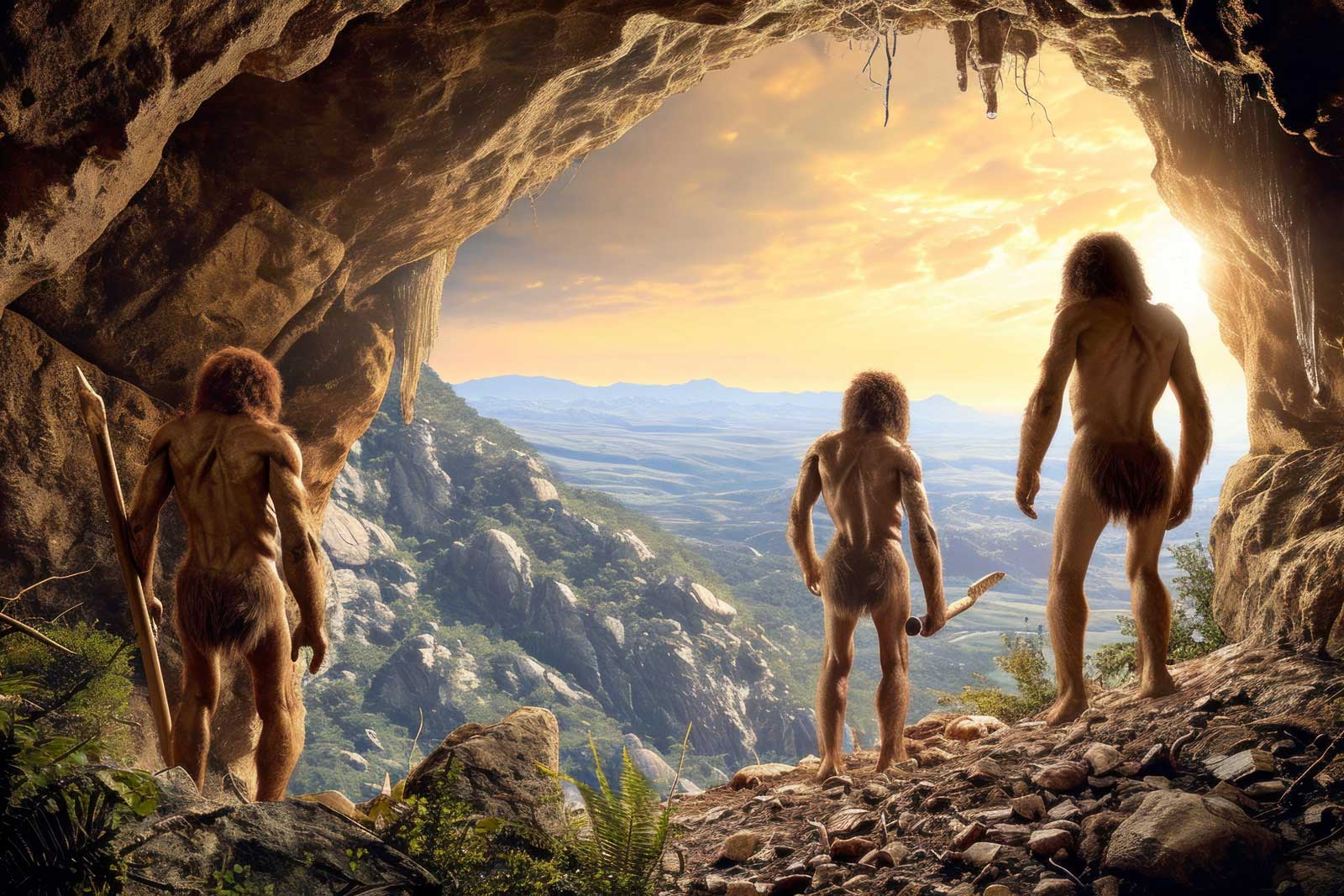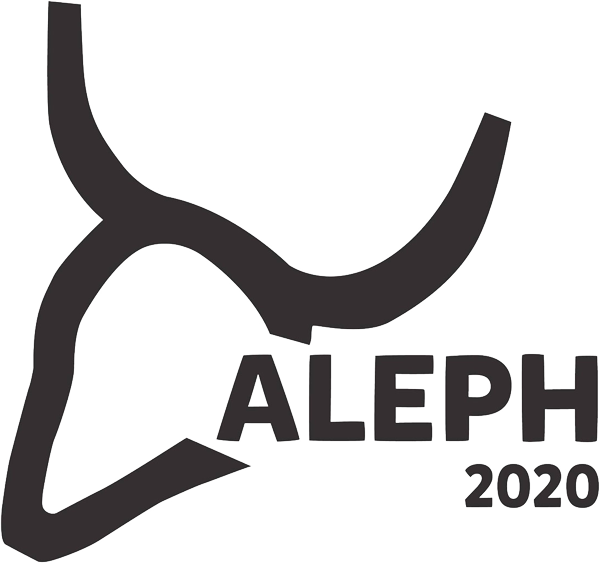The role of animal source foods in (pre)historic diets

This subsection addresses the following four questions:
Is there a natural human diet?
There is no single true human diet; Homo has evolved on a continuum of hunter-gatherer diets with regional and seasonal variations. These ancestral diets have been shaped by the availability of outside-bone (meat, liver, fat) and inside-bone (marrow, brains) nutrients derived from animals, as well as eggs, fish, honey, and a multitude of plant materials, depending on the climate and ecological diversity. Meat and animal fat were modest sources of nutrition for early hominins, but their importance grew as access to these resources improved through aggressive scavenging and hunting, 2 million years ago. The hunting of large animals is well-documented, and it has been argued that early humans may have been hypercarnivores at some stage, especially during glacial winters. As mega-herbivores disappeared, humans adapted by hunting smaller and faster animals, leading to the selection of more agile and cognitively developed hominins.
How animal-based were prehistoric diets?
Hunter-gatherer communities obtain about 2/3 of their caloric intake from hunting and fishing on average, and around 1/2 calories in warm climates. At least 20-30%, and up to 70% or more, of the total energy in Palaeolithic diets must have been derived from animal sources. Within hunter-gatherer communities, yearly per capita intake of meat and/or fish ranges from 40 kg to >500 kg, depending on the region. In addition to animal source foods (incl. honey and insects), plants contribute substantially to the nutrient intake of hunter-gatherers. However, some plants like tubers and bulbs are seen as fall-back and supplementary foods due to their relatively low energetic rewards. The use of cooking and other food preparation techniques have nonetheless made them meaningful foods. Estimates of macronutrient ratios in hunter-gatherer diets vary depending on ecological zones and plant/animal ratios. Such estimates are but educated guesses for what may have happened in the Pleistocene and may not fully capture what must have been an overwhelming variability.
The evolutionary role of meat and its implications for contemporary nutrition and health challenges
How did the agricultural transition affect diets?
The shift from a rich and diverse hunter-gatherer diet to a Neolithic diet dominated by cereal staples often led to widespread malnutrition. While livestock was valued for various purposes, the production of animal source foods was limited. Over time, the supply of meat stabilized, whereas dairy products were incorporated in some regions, improving nutrient security. However, poor nourishment continued to affect poorer segments of agricultural populations. In contrast, pastoralist communities could often secure higher levels of animal-derived foods. Despite dietary improvements in some areas, unbalanced reliance on cereal-heavy diets still persists in many regions of the Global South. The availability and consumption of animal source foods varied (and still varies) significantly depending on socio-economic factors, cultural practices, and local resources.
The industrial age - what changed for diets?
During the 18th and 19th centuries, animal source foods became widely accessible in industrializing Western countries, boosting dietary adequacy. Technological developments, improved logistics, and rising urban demand led to increased production and availability. This period also saw an increase in human stature, indicating improved nutrition with higher energy, protein, and micronutrient intake. Eventually, however, the diets of industrialized countries evolved into what is now known as the Western diet, which includes large amounts of ultra-processed foods. Controversies surrounding the health effects of animal source foods often stem from their integration into the Western diet rather than their intrinsic properties.
